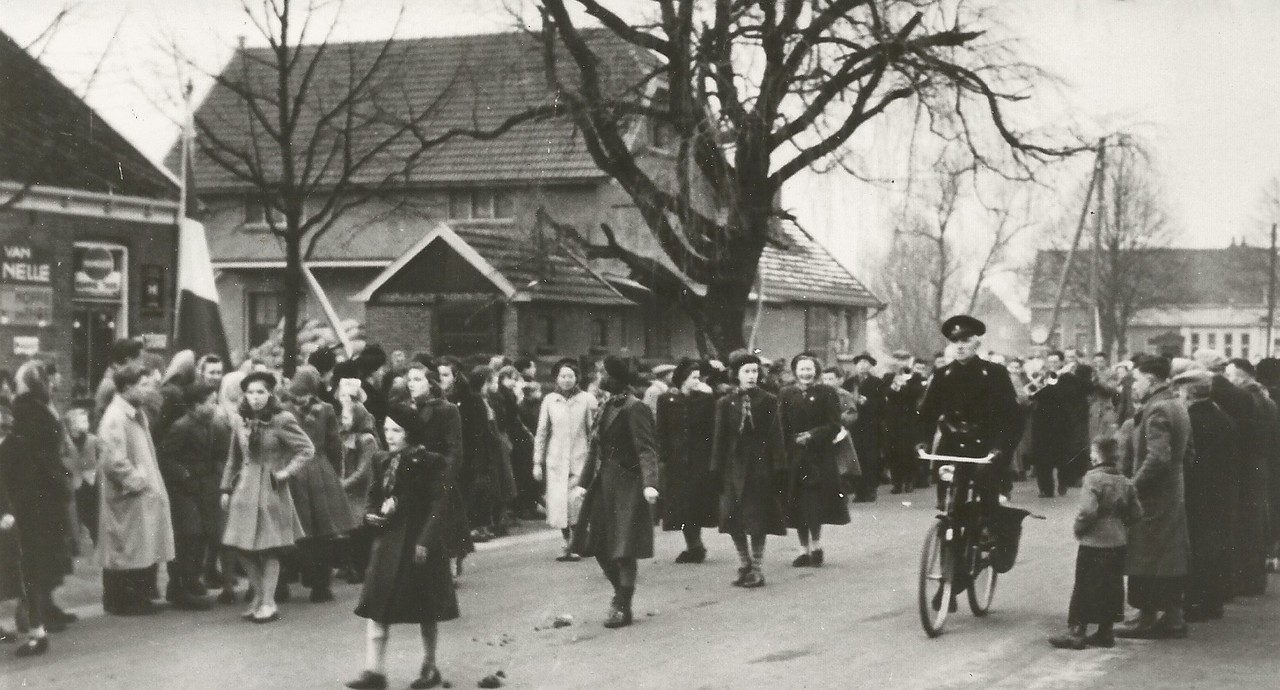After Sherman tanks drove the enemy into retreat with a few direct hits, the Canadians reached the center of Delden on April 3rd. The entire operation to liberate Delden and Ambt Delden claimed the lives of about ten Canadian and over thirty German soldiers. Although Delden was liberated, it was far from safe: German forces continued to hold out for some time in the nearby area of Deldenerbroek, where the hamlet of "Backenhagen" proved to be a strong enemy stronghold.
The Canadians (4th Canadian Armoured Division) continued north along the east side of the Twente Canal branch. On April 4, 1945, they liberated the eastern part of Bornerbroek, Zenderen, and by late afternoon, the southern part of Almelo. The liberation of the rest of Bornerbroek seemed near—but that turned out not to be the case. It took several more days before the enemy was driven from the western side of the canal.
The Canadians encountered fierce enemy resistance. They needed to eliminate the German holdout as quickly as possible. The main reason was to keep their main logistical supply line— the Delden-Bornerbroek-Almelo road— open, as it was constantly under attack from German forces on the western side of the canal branch.
Several more days of heavy fighting followed. All German troops had withdrawn from Delden while fighting, regrouping behind the Almelo branch of the Twente Canal. The entire stretch behind the canal near Enterbroek and Ypelo came under Canadian artillery fire. A group of young and fanatical German soldiers from the Hermann Göring Division took up positions near the Hoeselder Bridge and the bridge on Entersestraat crossing the Twente Canal. They were tasked with defending the canal and fought back fiercely.
The Canadians bombarded them with artillery from positions near Tusveld, leaving large parts of the village of Bornerbroek in the line of fire until April 8. The consequences were devastating. Many people fled their homes. Over thirty farms were destroyed, resulting in significant livestock losses. Among the civilian population, two people were killed: two-year-old Hansje Ooms and Mrs. H.G. Platenkamp-Tiehuis. More than twenty cows and other livestock also perished. The damage was enormous, including a dozen farms that had already been destroyed earlier by failed V1 rocket launches.
On Sunday morning, April 8, 1945, at 11:30 a.m., the Göring troops withdrew, and the war was over for Bornerbroek and its surroundings. The German enemy retreated from their positions along the Twente Canal toward Enter, which was liberated the following day, on April 9.
